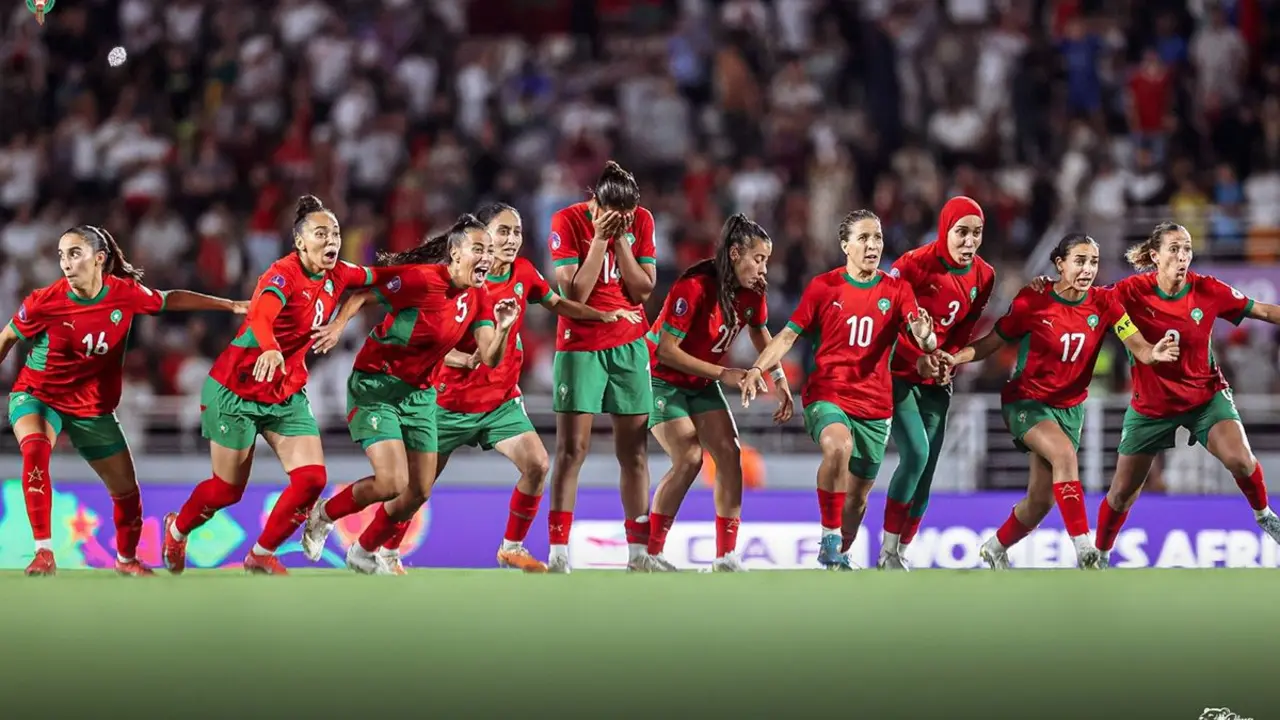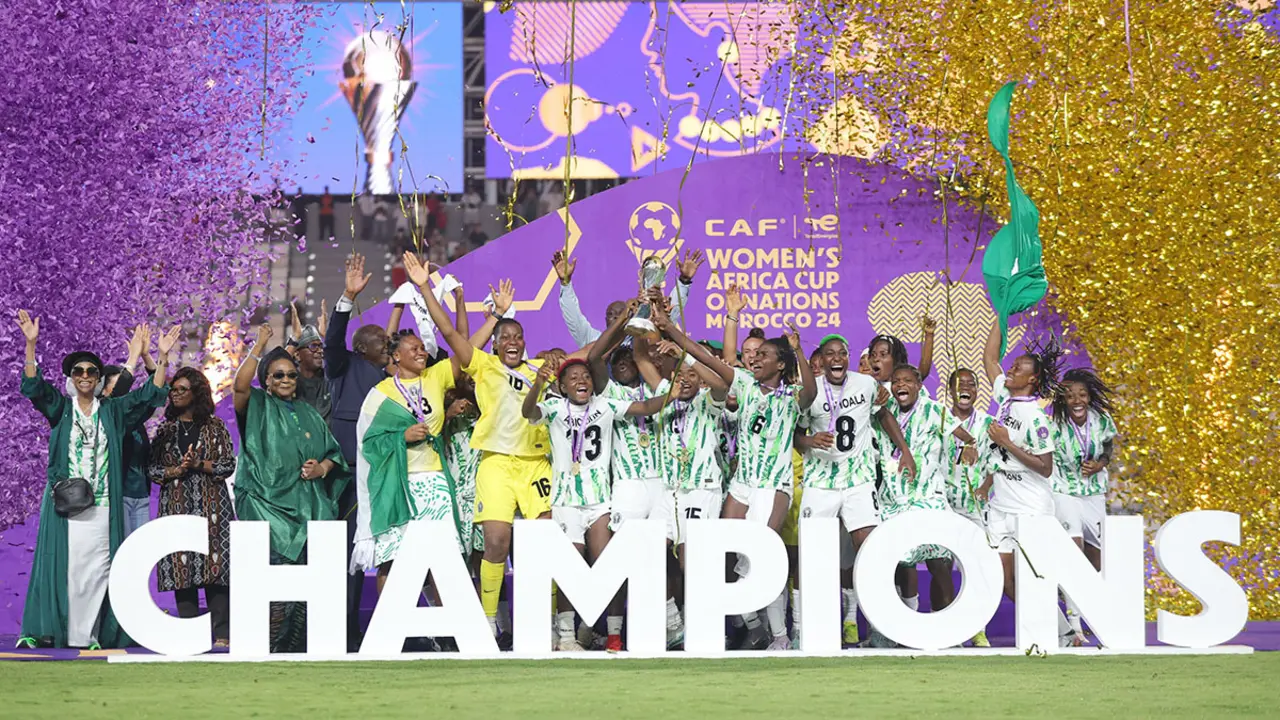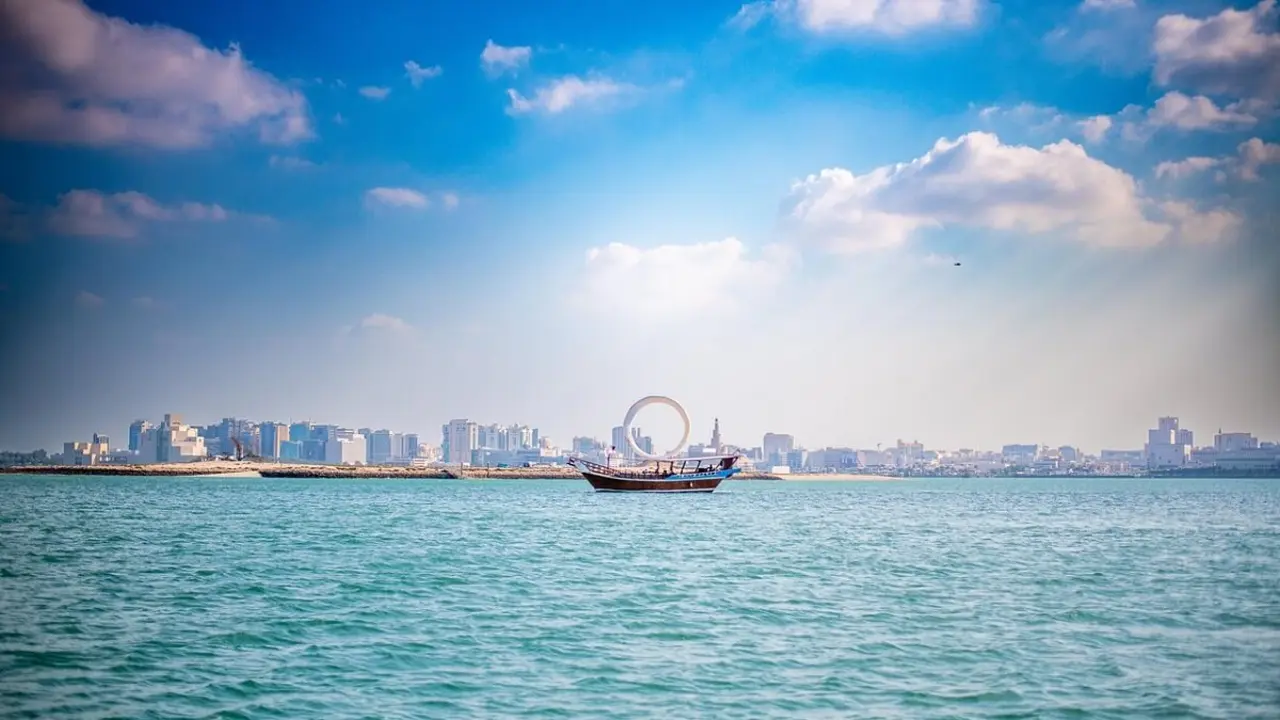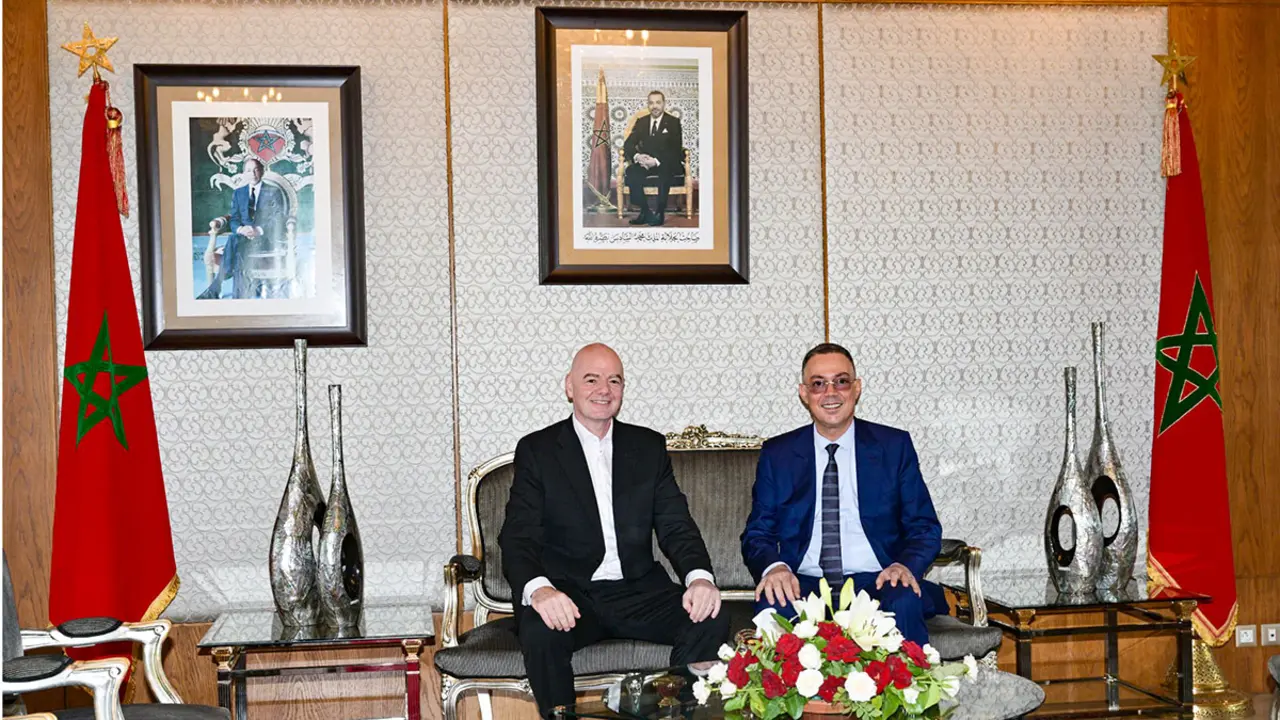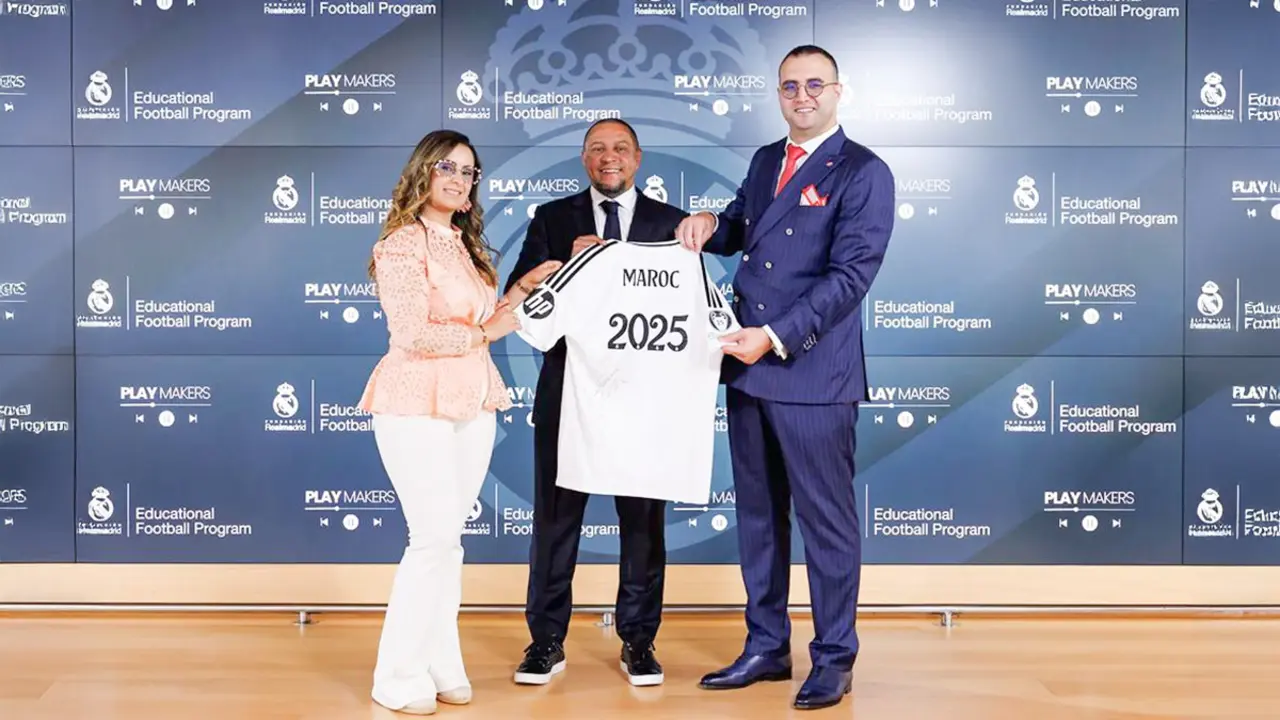The tradition and level of Moroccan football

Morocco has made history by becoming the first African and Arab country to play in a World Cup semi-final. The Moroccan team lost to France in the penultimate round of the Qatar 2022 World Cup, but achieved a feat. However, it is not the first time the country has achieved a footballing milestone: a Moroccan team reached the Spanish Primera Division.
The Moroccan city of Tetouan belonged to the Spanish Protectorate in Morocco for a significant part of the 20th century. During those years, the Spanish metropolis had a strong military presence in the area, which led to the introduction of football in the north of the country.
In 1933, Fernando Fuentes de Villavicencio, a former Atletico Madrid player and military officer stationed in Morocco, saw the talent needed to set up a football team. As a result, and reflecting his love for Atlético de Madrid, he founded Atlético de Tetuán. Unsurprisingly, the team wore the red and white shirt. Their success led to what was considered the best stadium on the African continent, the Varela (now known as Saniat Rmel).
In a short period of time, the Moroccan team managed to go from the Second Regional Division to the Second Division in Spain, playing in this category in the 1948-49 season. Their victory in the 1950-51 season earned them entry into the First Division. During their season in the competition, they only managed seven victories. However, one of them came against Atlético de Madrid themselves, scoring four goals against the team that inspired their creation. Another major milestone for the Moroccans was a draw against Real Madrid, scoring three goals apiece. The match against Real Madrid was not without controversy, with the referee accused of bias in favour of Real Madrid. As a result of their few victories, they soon ended their dream of competing in the top flight, returning to the Second Division.
Even so, their time in the Spanish competition earned them praise from the Spanish press, such as Mundo Deportivo. In 1951 and after the defeat against Fútbol Club Barcelona, the newspaper spoke of the Tetuan team as follows: "The Africans are highly regarded enemies in their stadium and do not bow down, just like that, to any visitor".

With the end of the Protectorate and the proclamation of Morocco as an independent state in 1956, the team ceased to be considered Spanish and, therefore, could no longer play in Spanish competitions. Thus, Atlético de Tetuán split in two: one part went to Ceuta, forming Club Atlético de Ceuta, and the other founded Mogreb Atlético Tetuán, keeping the team's identity and participating in the Moroccan League.
Currently, the Ceuta heir is called Agrupación Deportiva Ceuta Fútbol Club and plays in the First Federation. On the other hand, Moghreb Athletic Tétouan (Moghreb Athletic Tétouan) plays in the First Division of the Moroccan Botola Pro Inwi League.
Despite being largely unknown, its historical importance led the Cervantes Institute to dedicate an exhibition to it in Tangier in 2015: "Tetouan in stripes. The strawberry tree became a palm tree". The exhibition brought the public closer to what Atlético de Tetuán meant, focusing both on sporting milestones and on the city of Tetouan itself.
Beyond sport, Atlético de Tetuán symbolised the union between the two countries, Spain and Morocco, celebrating their shared love of football. Christians, Muslims and even Jews played together defending their shield, leaving all their differences behind.

